

Max Davies
2026 GWM Haval Jolion review
4 Hours Ago
Want a seven-seat electric car? There's now an option in Australia. Say hello to the Mercedes-Benz EQB.
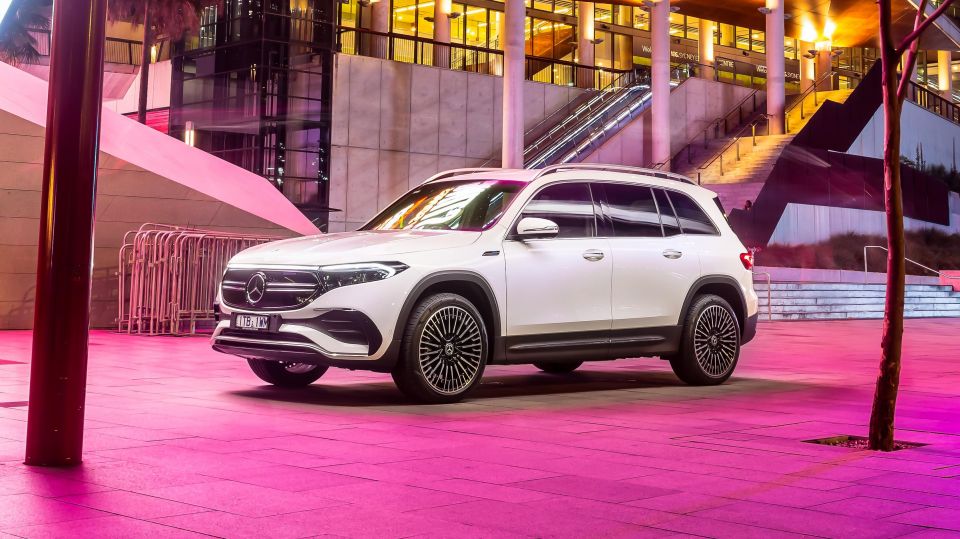
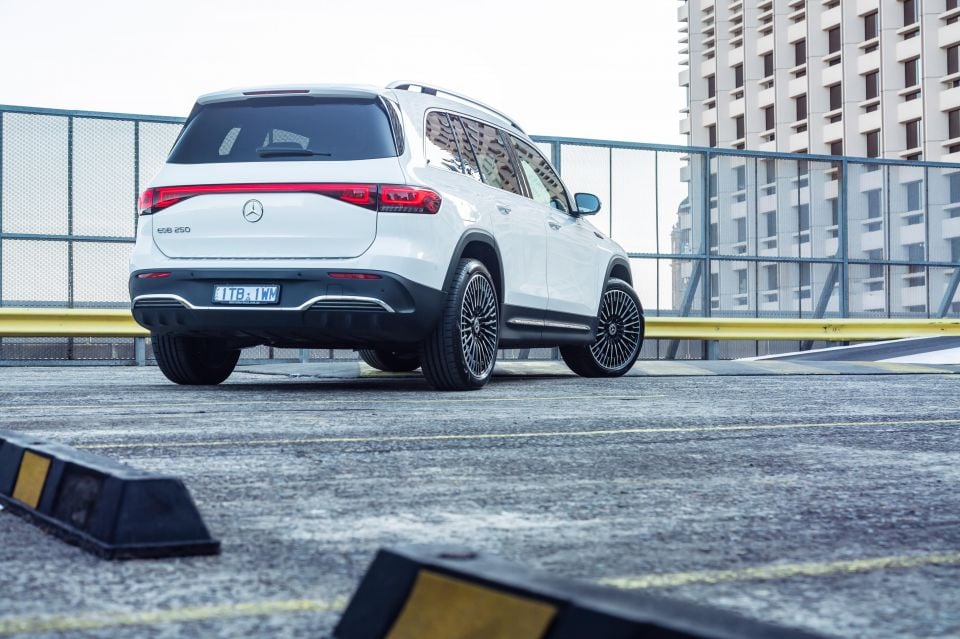

Contributor

Contributor


Contributor

Contributor
Where expert car reviews meet expert car buying – CarExpert gives you trusted advice, personalised service and real savings on your next new car.
What comes after EQA? That’d be EQB, naturally.
The fourth electric Mercedes-Benz to hit Australia is the bigger, boxier brother to the strong-selling EQA, complete with the option of seven seats.
Explaining how the EQB fits into the sprawling Mercedes-Benz range is a bit tricky. Under the skin it’s built on an elongated version of the chassis underpinning the A-Class, but it’s a whopping 221mm longer than the EQA SUV.
It’s barely smaller than the more expensive EQC electric SUV, which led Mercedes-Benz’s electric charge in Australia. Although it’s built on small car bones, this is a chunky SUV.

Along with boot space, the bigger body on the EQB opens the door for a seven-seat option.
This is designed to appeal to families who need a reasonably sized car with big boot most of the time, but also demand the flexibility a pop-up third row offers.
Given you can’t yet buy a seven-seat Tesla Model Y in Australia, let alone a pure-electric version of segment stalwarts such as the Nissan X-Trail, the EQB is quite a unique beast.
As you’d expect of a Mercedes-Benz it’s a polished, practical package – even if it doesn’t move the game on when it comes to range or performance.
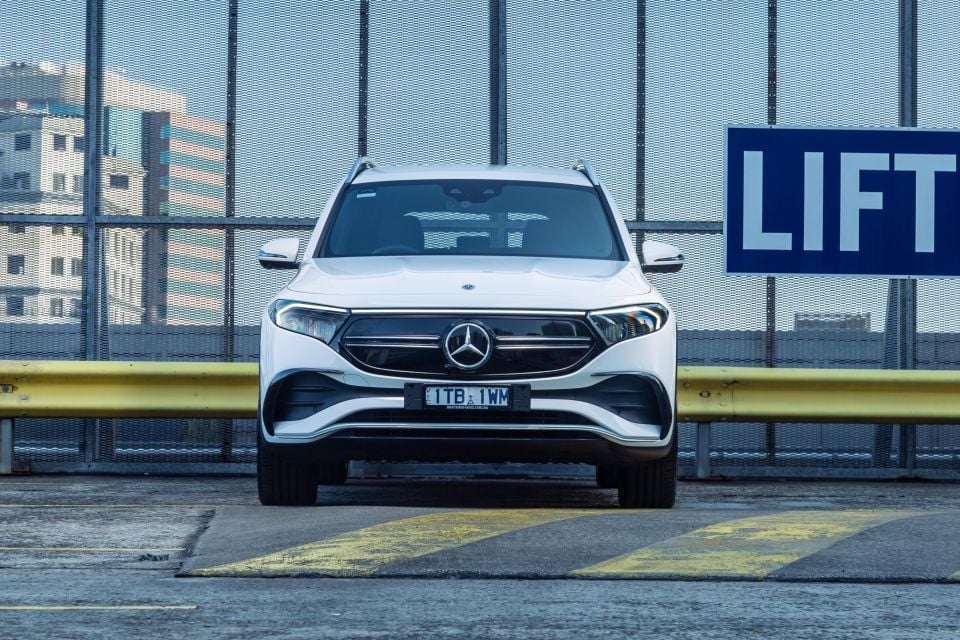
The entry-level EQB 250 is just shy of $88,000 before options and on-road costs, sitting it above the new Hyundai Ioniq 5 Epiq ($85,000) or Tesla Model Y ($72,300).
Both offer more performance, but neither offers a seven-seat option. Mercedes-Benz has slotted the EQB above the related – but smaller – EQA 250 ($78,513).
At the top end of the range, the EQB 350 4MATIC slots in between the base Genesis GV60 AWD ($103,700) and the Performance ($110,700), and is not all that far off BMW iX3 ($114,900) once you add a few options.
2023 Mercedes-Benz EQB pricing:
Prices exclude on-road costs
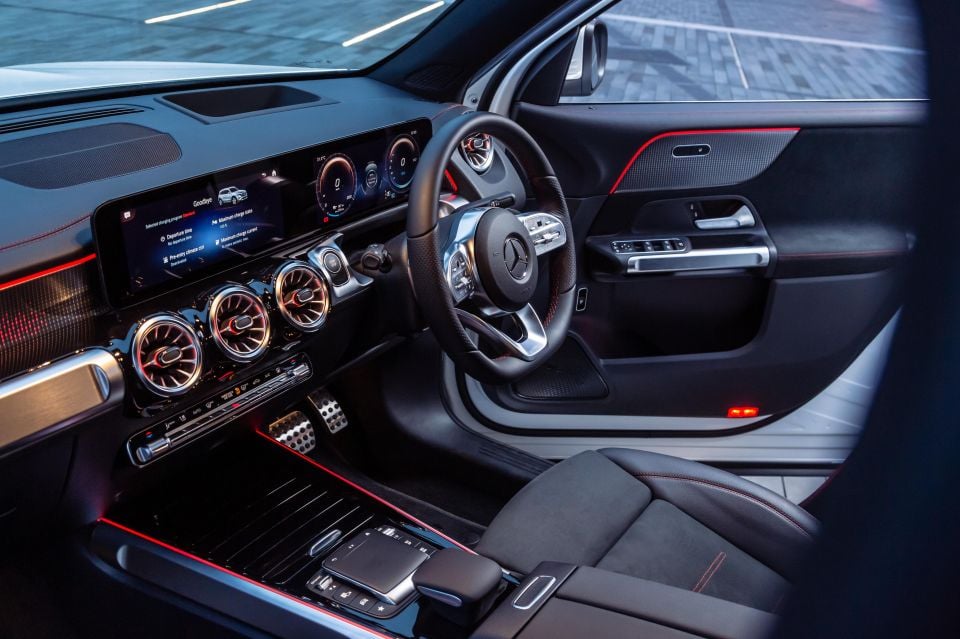
Buy your new car without the stress. It's fast, simple and completely free.

Great service from Travis and team, second time I have used this business would not hesitate to recommend them to anyone
Craig C.
Purchased a Ford Ranger in Sunshine Coast, QLD
CarExpert helped Craig save thousands on his Ford Ranger, now let us save you on your next new car.
Find a dealYou’d have to be a proper Mercedes-Benz trainspotter to notice any major differences between the EQB and its petrol-powered GLB sibling.
It’s a polished, high-tech space behind the wheel, although it lacks the futuristic, almost otherworldly feeling present in new EVs from the likes of Kia and Hyundai.
Our testers were all fitted with the AMG package, which brings comfortable and supportive sports seats with more bolstering than the standard units, and microsuede inserts for a sportier feel than faux leather alone. We spent a long time behind the wheel and hopped out feeling fresh.
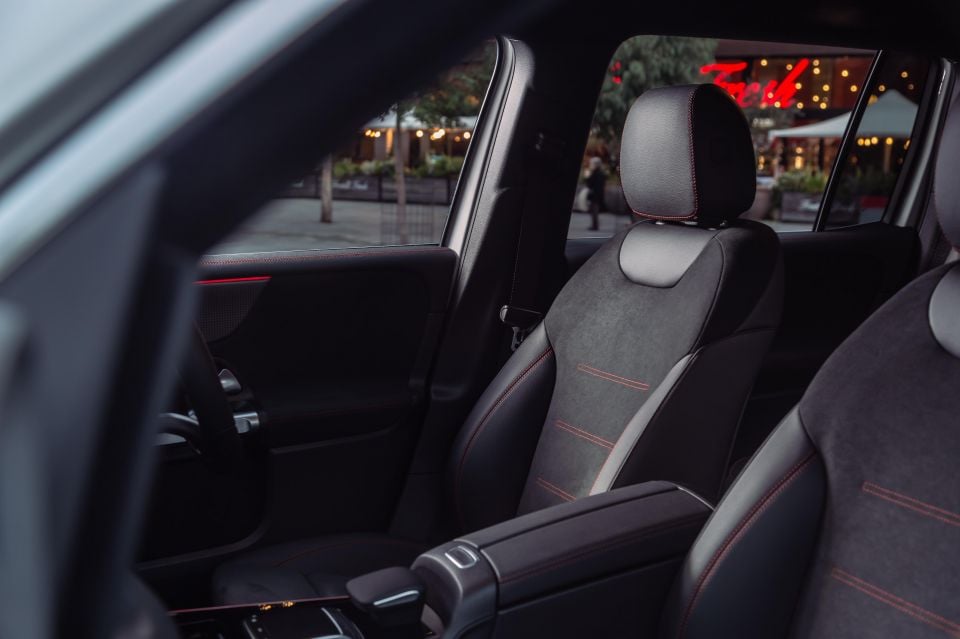

The flat-bottom steering wheel feels like a quality item, and is easier to use than the latest touch-and-swipe-only unit rolling out in bigger, more expensive models thanks to its proper buttons.
By now, we’re familiar with the dual-screen MBUX infotainment system. It can be controlled with a touchpad, steering wheel controls, or ‘Hey Mercedes’ voice inputs.
Both screens are pin-sharp, with impressively quick responses and deep, vivid colours. In the age of smartphones with ultra-high-resolution screens and lightning refresh rates, they feel like an extension of the tech we’re already using in the best way possible.
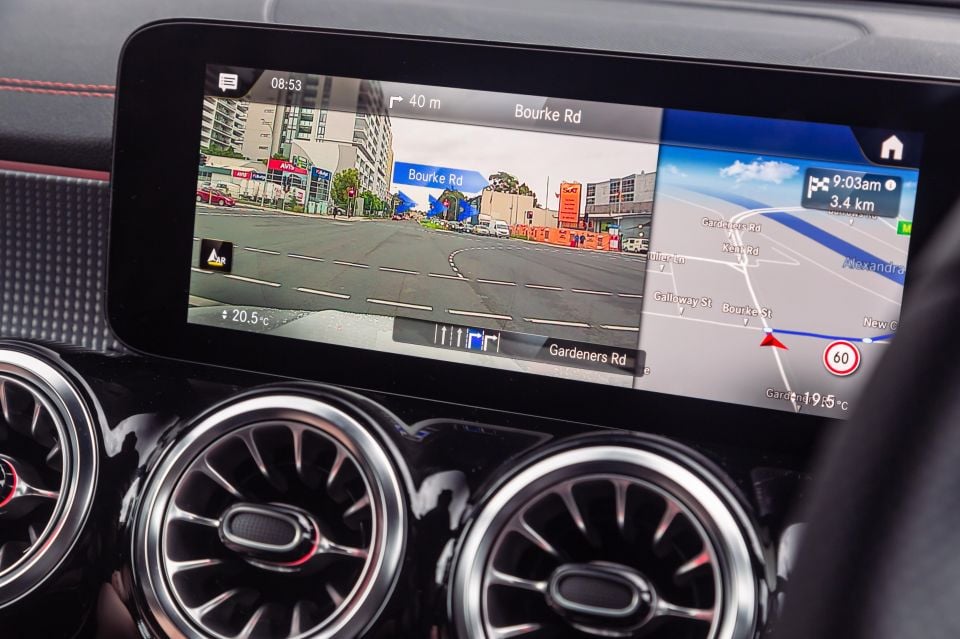
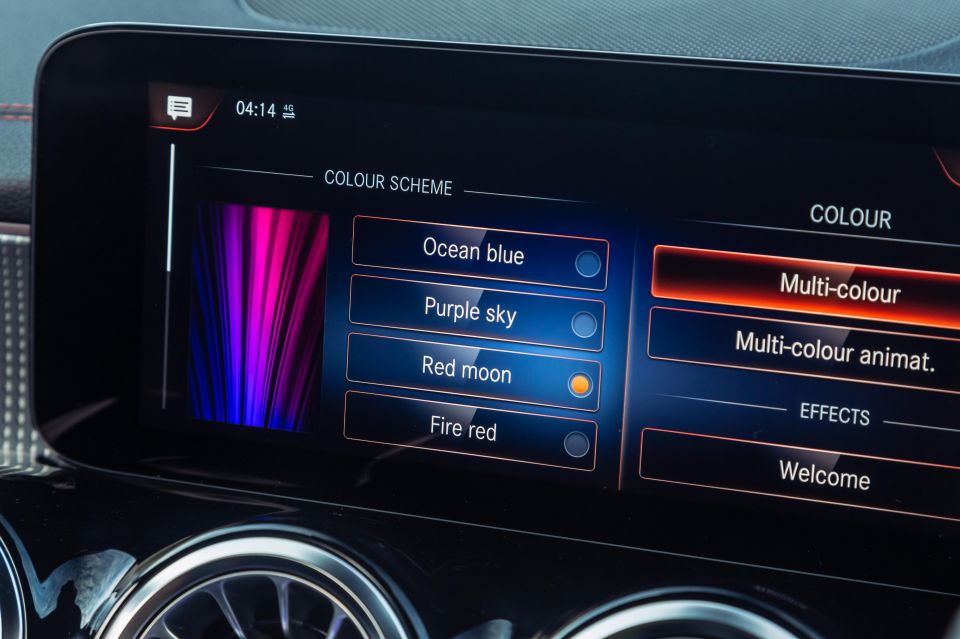
Once you’re attuned to how the menus work it’s not hard to jump around, although the fact Apple CarPlay is wired-only and sits in a tiny window is disappointing. Newer iterations of MBUX allow it to work full-screen.
There’s a range of electric-only readouts, but this feels very much like any other Mercedes-Benz on the technology front. That extends to the digital instrument binnacle, which offers the right blend of information and at-a-glance readability.
From the flashy backlit trim on AMG Line models to the trio of turbine-style air vents dominating the dash, this is an attractive interior. It does feel a bit cheap in spots, though.
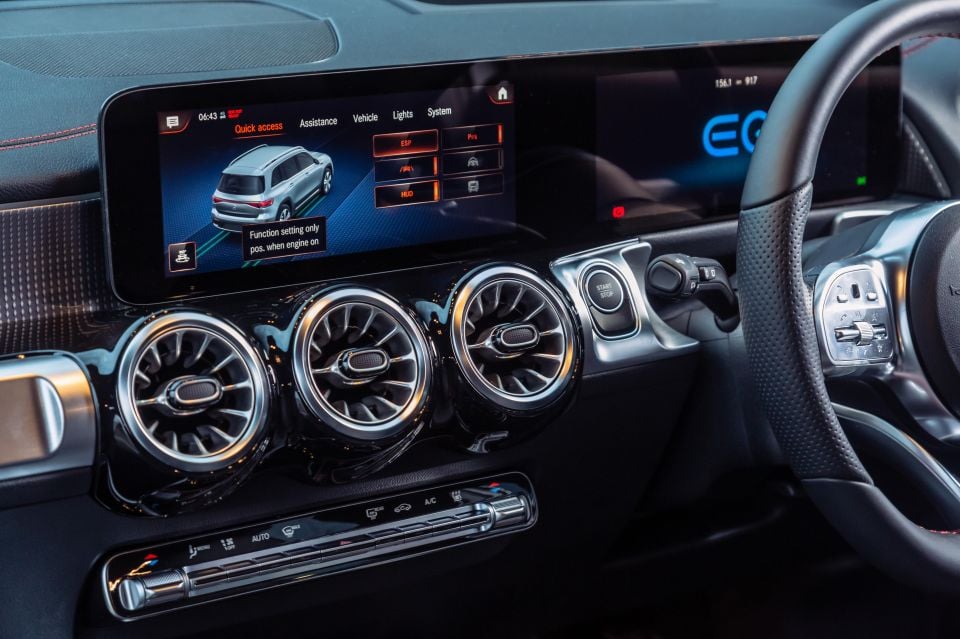

The row of plastic toggle switches below the vents feels cheaper than the rockstar design of the cabin might suggest, and some of the plastics in, say, the door trims aren’t up to the same standard as is the case in the EQC.
Rear seat space is one of the major calling cards of the EQB on paper, and it delivers in practice. The boxy profile frees up an impressive amount of headroom, and with the 40/20/40 folding bench slid to its rearmost position you’ll be able to slot a full-sized adult behind a full-sized driver.
Mercedes-Benz confirmed the floor of the EQB is slightly higher than that of the GLB. If you’re long-legged and stuck in the rear that does mean you might feel a bit like your knees are around your ears, but most people won’t notice.
The tall windows and wide-opening doors are both wins for anyone carrying small kids in child seats, and the rear air vents are a necessity in any family car that’s going to survive an Australian summer.
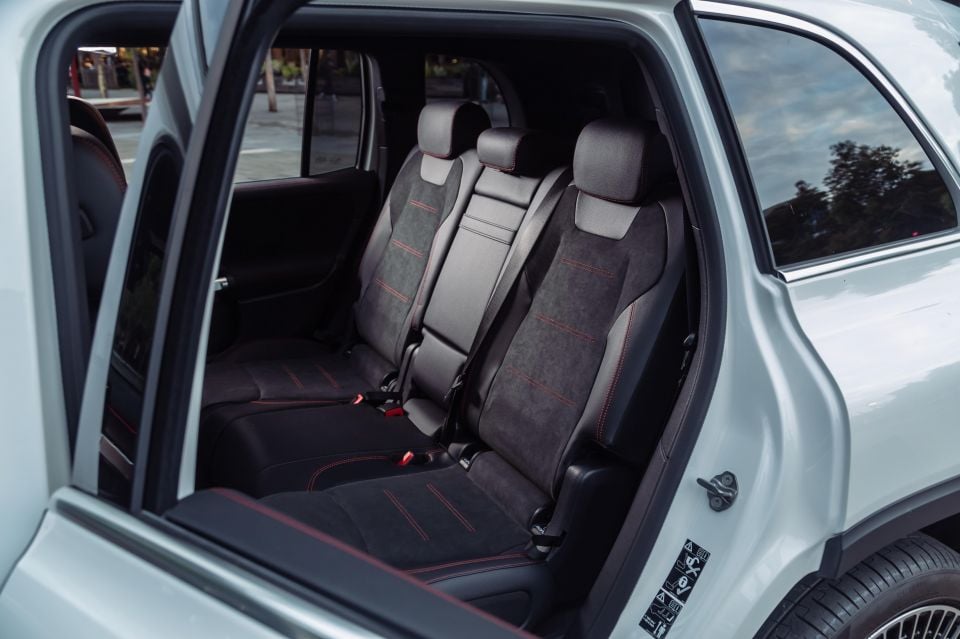
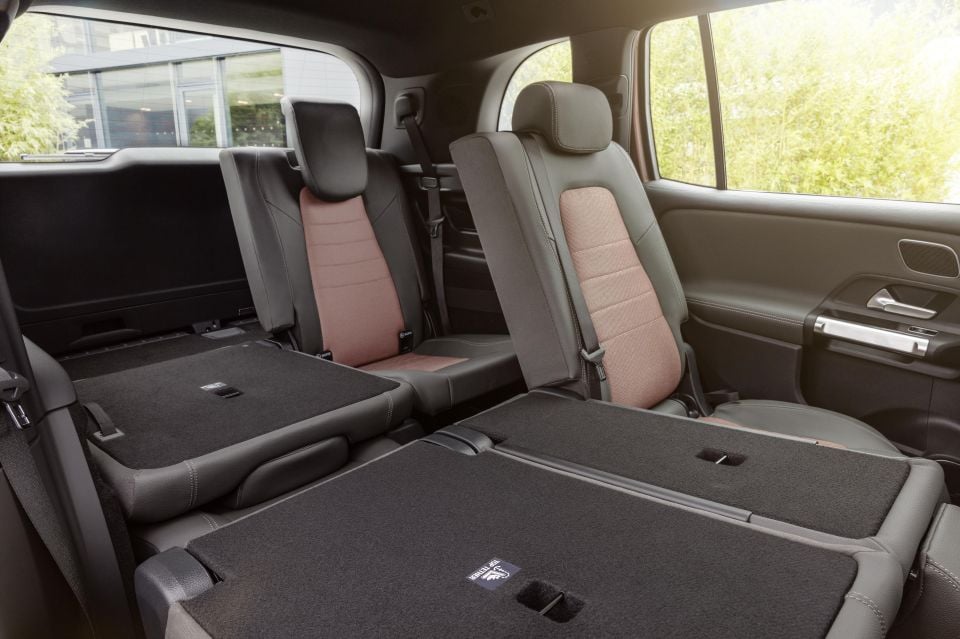

It’s odd there’s only one USB-C port in the second row though, when seven-seat models get two USB-C ports in the boot for third-row occupants.
Speaking of the third row, it’s genuinely usable by 5+2 SUV standards. Access is surprisingly simple thanks to the 220mm of range on the sliding second row when the backrests are folded (and the low sill), and when back there there’s ample headroom for growing teenagers or regular kids.
Legroom? Well, with the second row in its rearmost position it’s very limited. But with it slid forward, it’s possible to strike a compromise that’ll ensure everyone has enough space to stay comfortable on the school run. It’s a proper 5+2.
At six-seven, I could get back there and fold the second-row seatbacks into place (above). It’s not exactly a Kia Carnival, but it’s fit for purpose.
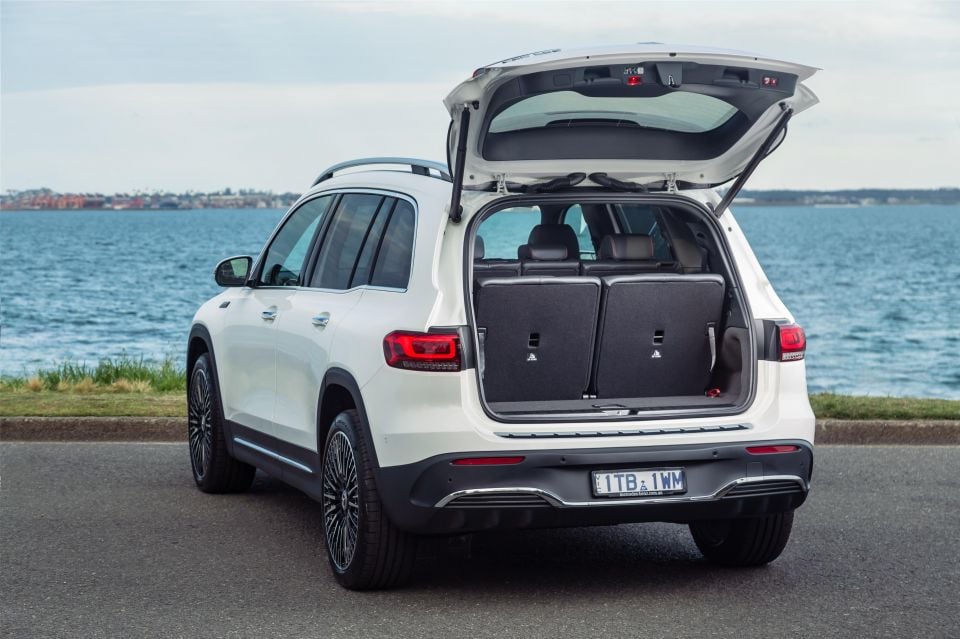
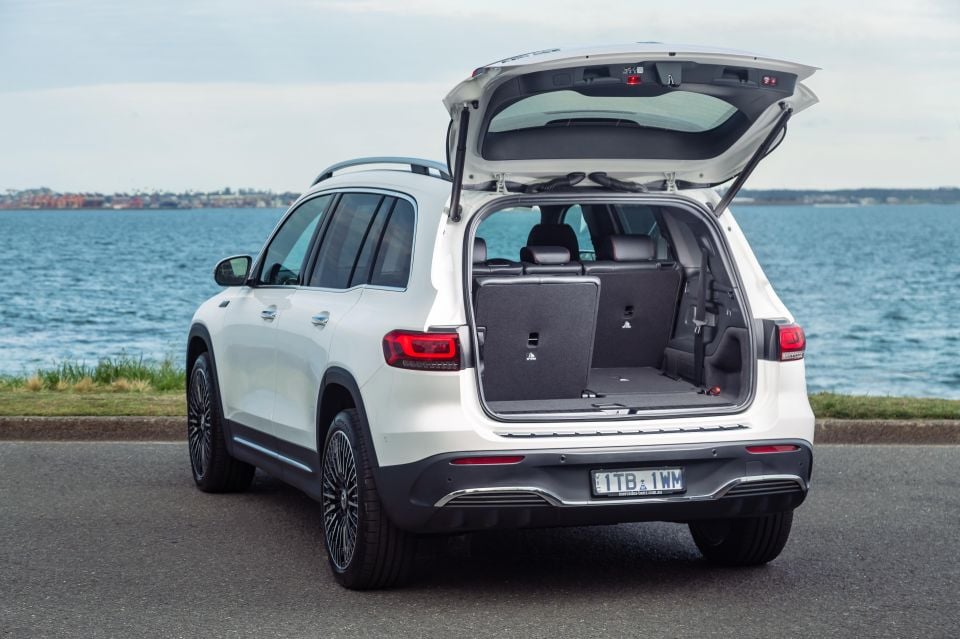
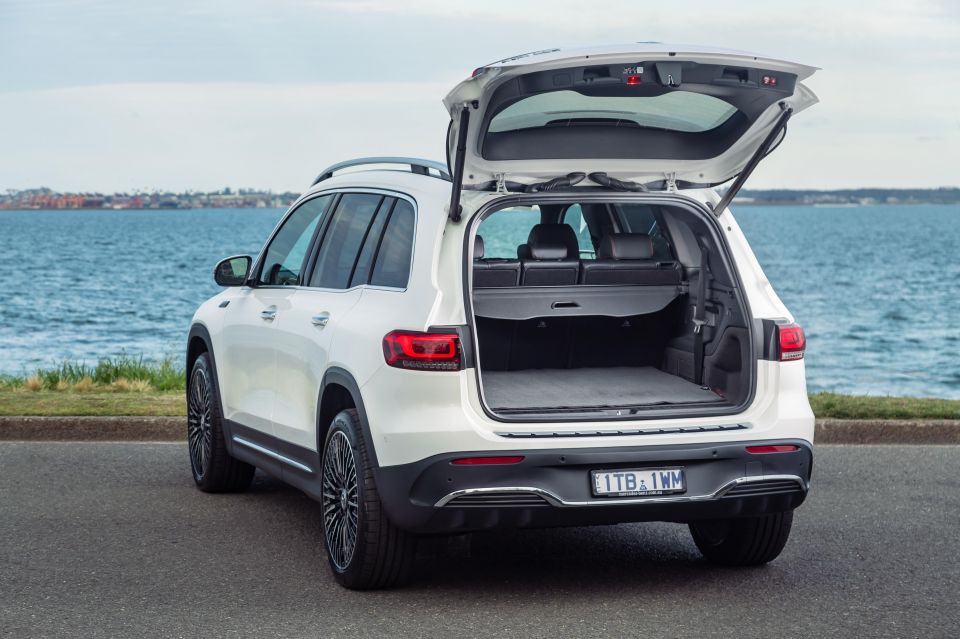
Boot space in the seven-seat model is a claimed 110L with the rearmost seats in place (130L loaded to the roof), 670L to the roof with the second row in place, and 1620L to the roof with both rows folded flat.
The five-seater has 675L of space to the roof with the rear seats in place, expanding to 1710L with them folded flat.
Mercedes-Benz says the loading lip is 50mm higher than in the EQA. That should make it easier to load heavy items and slide them straight in.
The boot itself is broad and flat, and the upright tailgate means you’ll actually be able to load in boxy items in a way you can’t in more style-oriented alternatives.
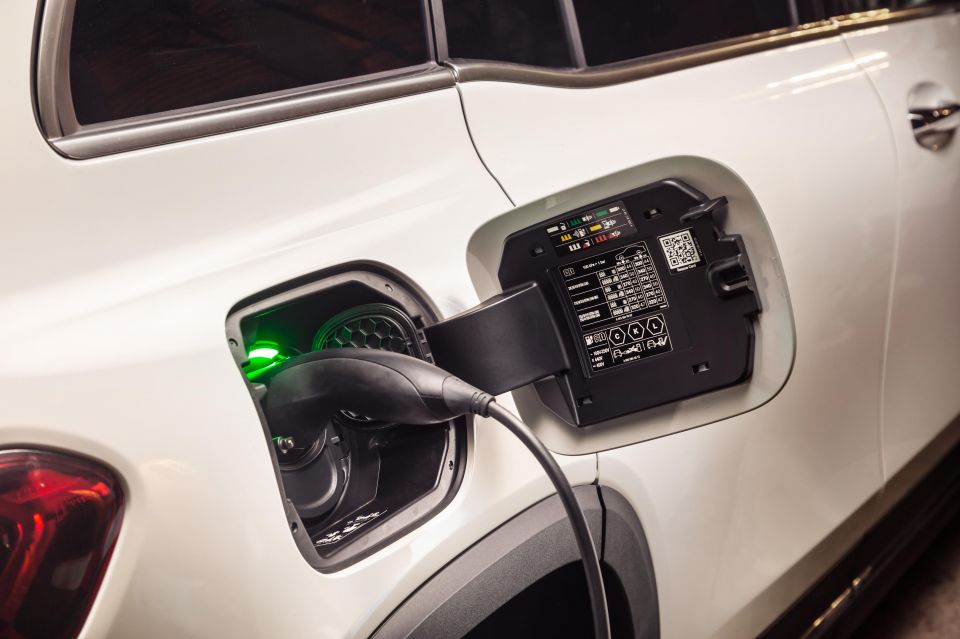
The Mercedes-Benz EQB 250 features a front-mounted electric motor producing 140kW of power and 385Nm of torque, with a claimed 0-100km/h time of 9.2 seconds.
The EQB 350 4Matic features an electric motor at both the front and rear, with total outputs of 215kW and 520Nm. It’s all-wheel drive, and has a claimed 0-100km/h time of 6.2 seconds.
Both models feature a 66.5kWh lithium-ion battery, which weighs 469kg. The EQB 250 has 371km of electric range on the stricter WLTP test cycle, while the EQB 350 has 360km of range.
Claimed energy consumption is 16.7kWh/100km in the EQB 250 (we saw 21.1kWh over 180km at an average 63km/h), and 18.8kWh/100km (26.9kWh over 168km at 70km/h) in the EQB 350.
The EQB can be charged at up to 11kW using an AC charger and up to 100kW using a DC charger. Both models come with a Type 2 CCS charging socket and charging cables, and a 22kW wall box will set you back$1709.18 pre-installation.
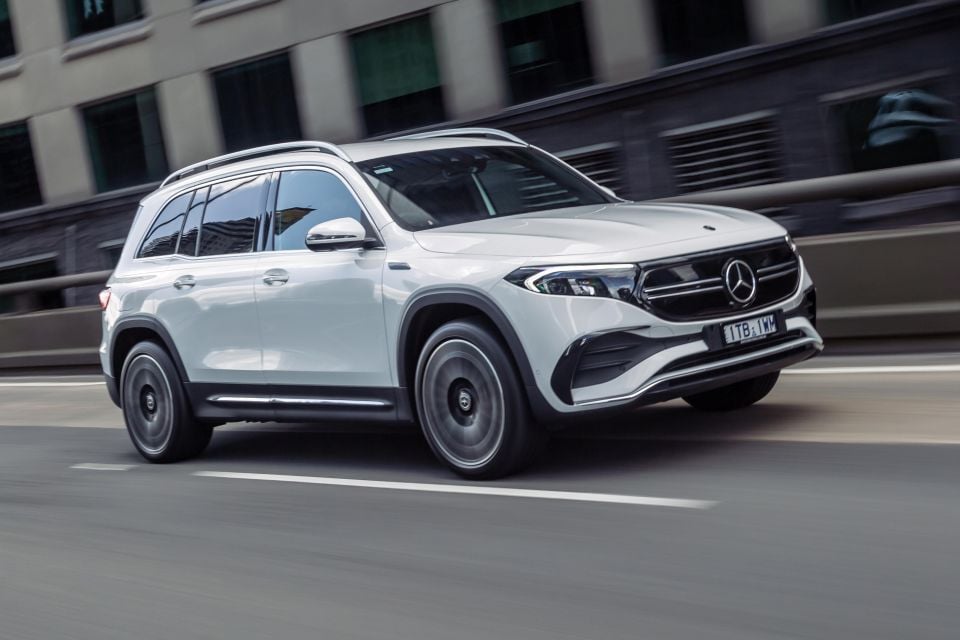
The EQB is overwhelmingly conventional to drive, from the amount of performance on offer to the way it’s deployed.
It’s a comfortable, quiet and smooth family car, which is in keeping with what we’ve come to expect from other Mercedes-EQ electric cars.
The base EQB 250 doesn’t pack the same punch in the back as its more expensive brother. Throttle response is near immediate at city speeds; the entry EQB accelerates with buttery smooth intent below 60km/h.
You need to be judicious with the throttle in the wet; get too greedy and the front-drive model will spin its wheels pulling out of inclined junctions, or torque steer (gently) if you ask for too much at low speed.

There are four brake regeneration modes on offer. D Auto uses the front-mounted radar to adapt how much the car slows when you lift off the accelerator based on traffic, which can be excellent… or a bit hard to read, depending on the flow of other cars.
We instead toggled through D+ (which essentially allows the car to freewheel when you lift off), D (gentle brake regeneration), and D- (heavier brake regeneration) using the paddles behind the wheel.
There’s no one-pedal mode, disappointingly, and the handover between the e-motors and friction brakes can be a bit awkward in D- as you’re trying to come to a stop. It’s not a fatal flaw, but Tesla still sets the standard for smart, smooth single-pedal progress.
Ride quality is excellent. Even a base, un-optioned EQB rides on what could be comfort-killing 19-inch alloy wheels, but all Australian models feature adaptive dampers as standard in an attempt to let owners flick from floaty comfort to a tauter, sportier setup.
Set to its default Comfort mode, the car has a long-legged feeling about it, soaking up the pimples and potholes of the city, offering a genuine sense of isolation from the world around you. That’s not often the case in heavy, small-ish cars riding on big wheels.
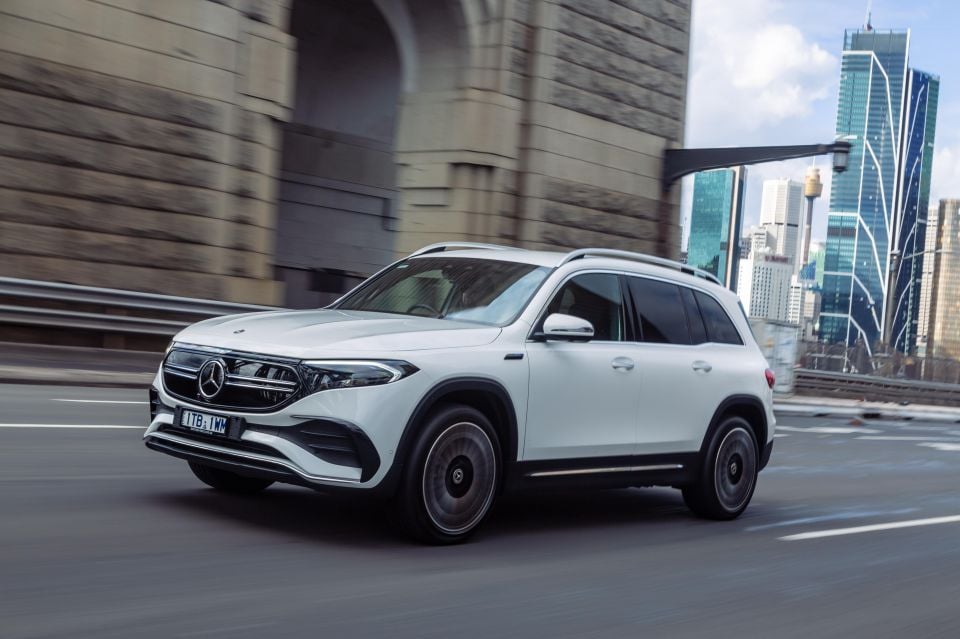
Combined with light, fluid steering, the relaxed ride means this shapes as an effortless companion for the school run. Our launch drive was more focused on country roads, so we’ll have to spend more time behind the wheel to confirm.
At higher speeds it’s nicely tied down, although you get a sense of how much the electric B weighs over bigger highway crests and dips. Rather than dealing with them in one movement, the car needs a second or third bounce to fully settle at times.
Flicking into Sport tightens things up, but even then there’s a soft edge to the way the EQB rides – the way it should be.
The only real knock on its refinement is the amount of tyre noise. Essentially everything we’ve driven on the platform underpinning the EQB gets a bit shouty at 100km/h on coarse chip roads, and this is no different.
Special mention goes to the driver assists, which excelled in wet and wild conditions during Melbourne’s recent downpour.

Where expert car reviews meet expert car buying – CarExpert gives you trusted advice, personalised service and real savings on your next new car.
The lane-keep assist wasn’t confused by rivers of water on the freeway, and the adaptive cruise control didn’t blink when confronted with plumes of spray from slower trucks. Mercedes-Benz has some of the smoothest, smartest driver assists in the business.
As for the 350? Its 4Matic all-wheel drive system nixes the issues the 250 has with torque steer, and with a 100km/h sprint time around the six-second mark it’s almost hot hatch fast in a straight line.
Especially above 60km/h there’s a noticeable lift in intensity when you mat the throttle relative to its entry-level sibling, and in the wet it inspires more confidence. Even on the standard 20-inch wheels, ride quality is impressive.
It’s unquestionably the more appealing powertrain in the EQB, but the fact you can’t option the 350 with seven seats undermines one of its selling points – and if driving is your priority rather than practicality, there are more exciting and dynamic options out there around the same price.
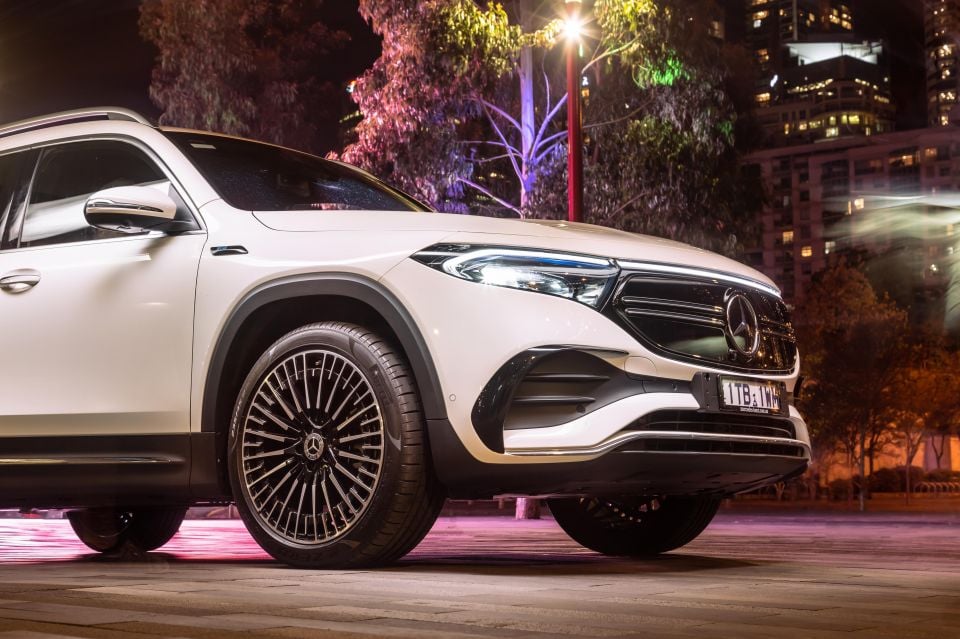
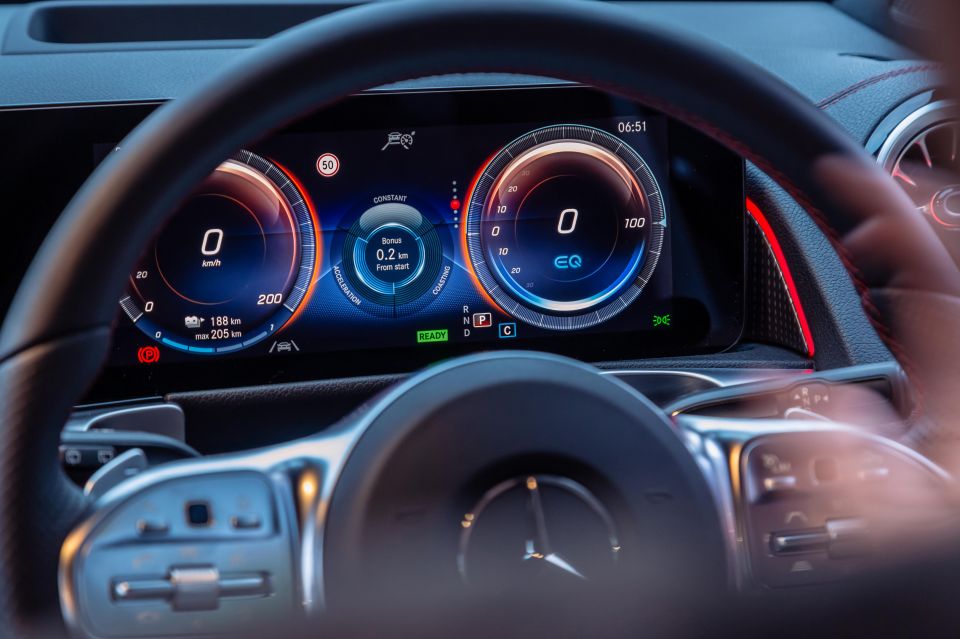
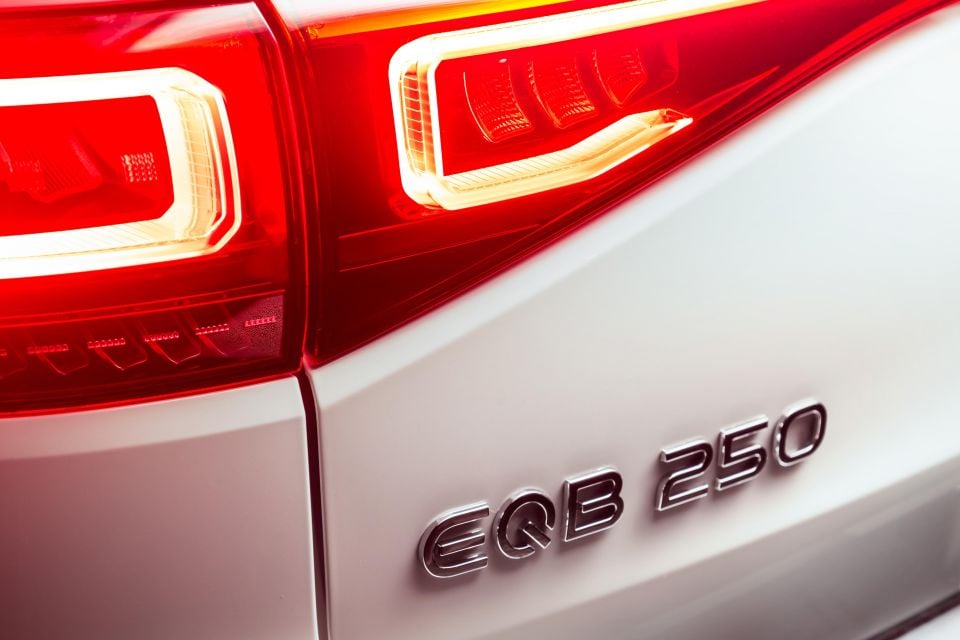

EQB 250 highlights:
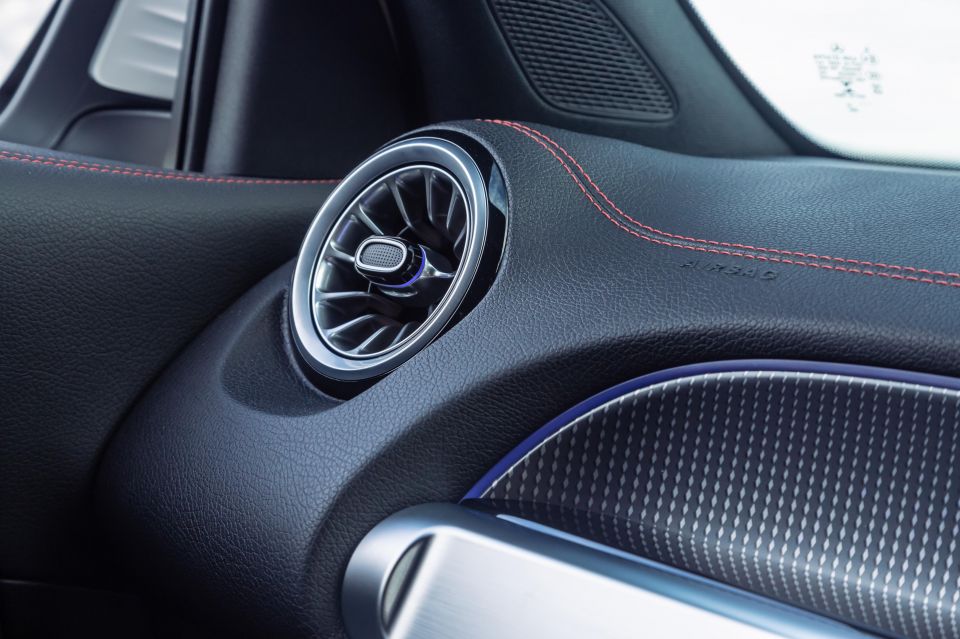

EQB 350 adds:


7-seat package: $2900 (EQB 250)
AMG Line Sports Package: $4300 (EQB 250)
Vision Package: $3000 (EQB 250)
MBUX Innovations Package: $2500
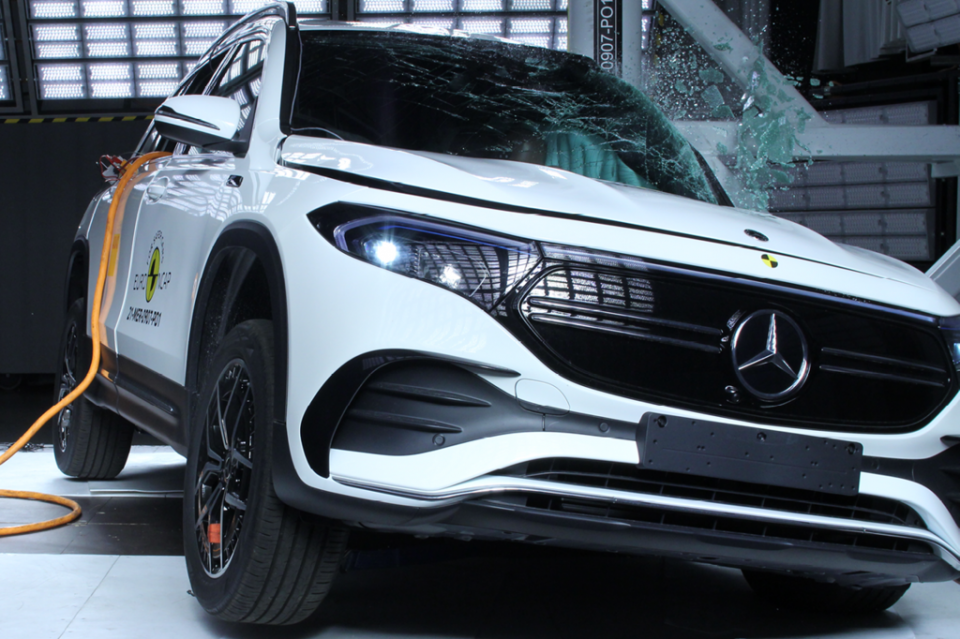
The Mercedes-Benz EQB has a five-star ANCAP safety rating with 2019 date stamp, though this applies only to the EQB 250. The EQB 350 is unrated.
It received an adult occupant protection score of 95 per cent, a child occupant protection score of 91 per cent, a vulnerable road user protection score of 78 per cent, and a safety assist score of 74 per cent.
Standard safety equipment includes:
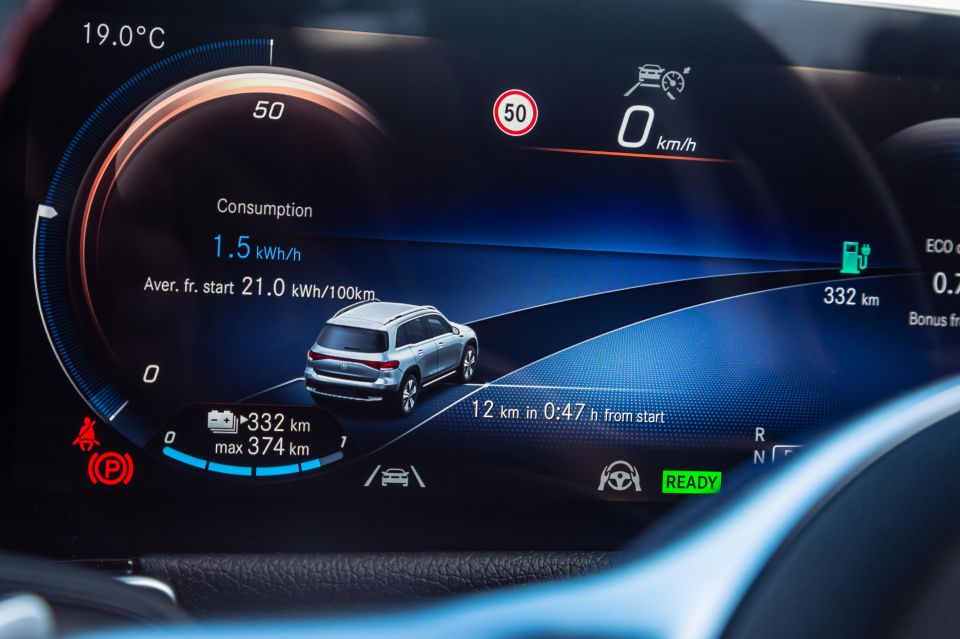
The Mercedes-Benz EQB is covered by a five-year, unlimited-kilometre warranty.
Servicing is required every 12 months or 25,000km, whichever comes first.
While Mercedes-Benz hasn’t released service pricing yet, the related EQA can be had with three-, four- and five-year service plans costing $1600, $2200 and $2650, respectively.
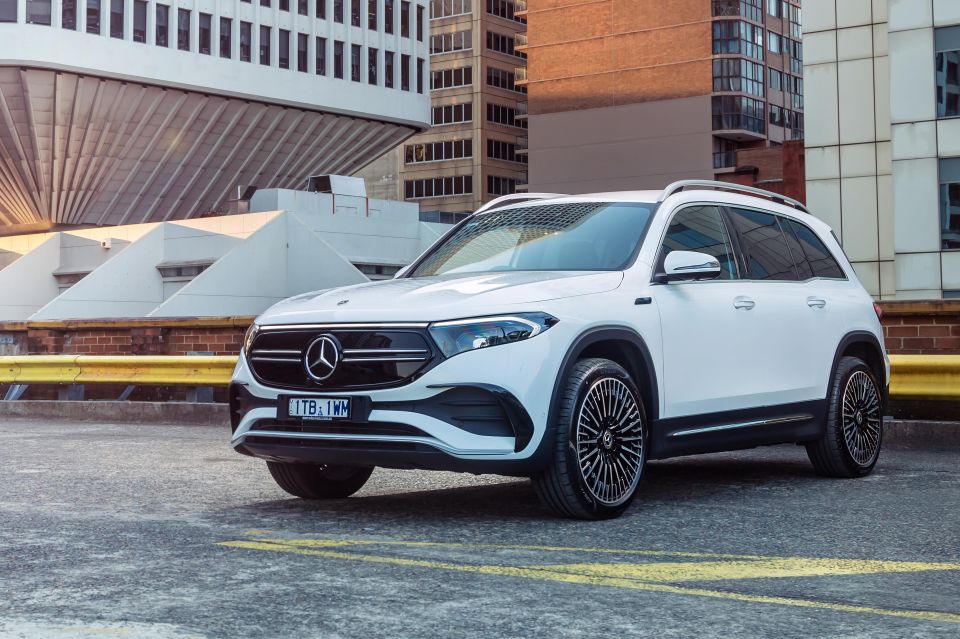
Tight supply means every EQB to hit Australia for the foreseeable future is likely to be snapped up, but even without our market’s slightly skewed EV market there’s a niche for it here.
Although it doesn’t have the same surefooted, punchy feel as the more expensive EQB 350 4MATIC, the entry-level EQB 250 shapes as the smart pick for families looking for a spacious, premium electric SUV.
The seven-seat option is a proper point of difference at the moment, and adds a degree of flexibility not even larger cars like the Hyundai Ioniq 5 can match – don’t be fooled by the compact exterior dimensions, the EQB is a genuinely usable 5+2 SUV.
As for the 350? It’s priced very close to the bigger BMW iX3 if it’s a spacious five-seat EV you want, while the Genesis GV60 is a more dynamic option if it’s performance you’re after.
It’s very nice, but it feels a bit lost in a way the more practical 250 doesn’t.
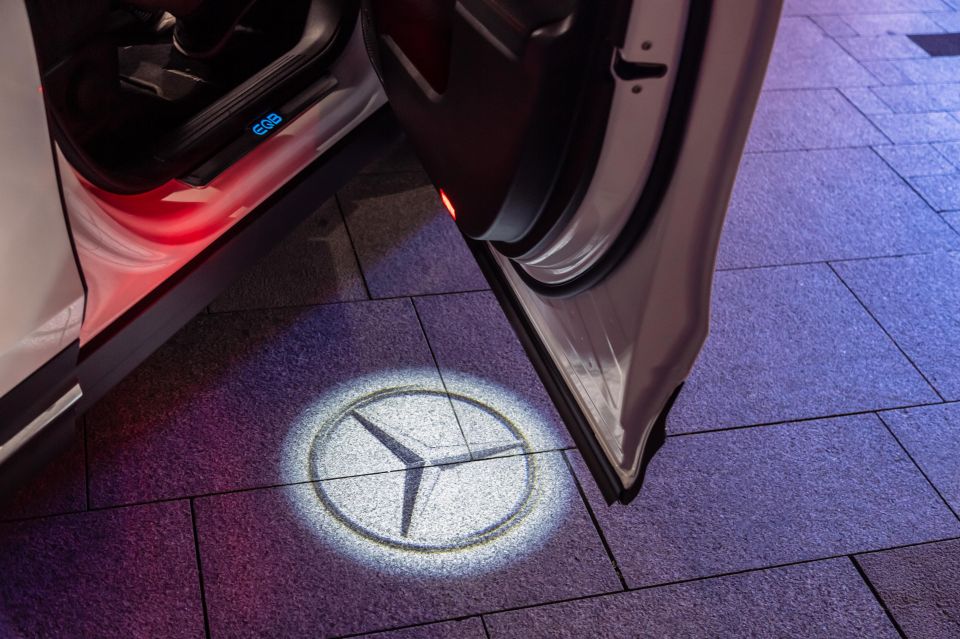
Where expert car reviews meet expert car buying – CarExpert gives you trusted advice, personalised service and real savings on your next new car.
Scott Collie is an automotive journalist based in Melbourne, Australia. Scott studied journalism at RMIT University and, after a lifelong obsession with everything automotive, started covering the car industry shortly afterwards. He has a passion for travel, and is an avid Melbourne Demons supporter.


Max Davies
4 Hours Ago


Damion Smy
12 Hours Ago
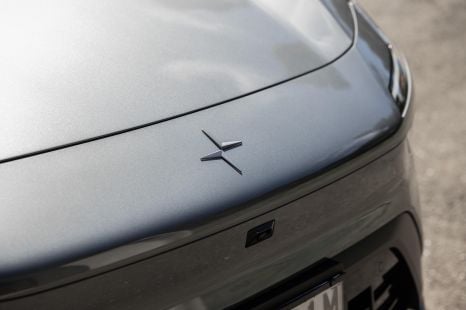

Damion Smy
13 Hours Ago


Damion Smy
15 Hours Ago
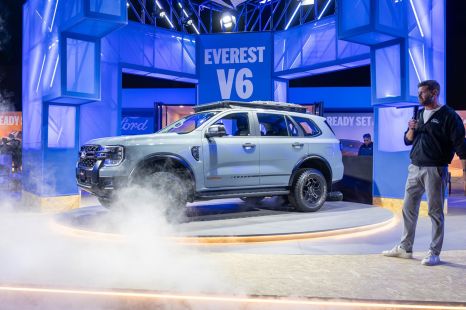

Damion Smy
17 Hours Ago


CarExpert.com.au
18 Hours Ago